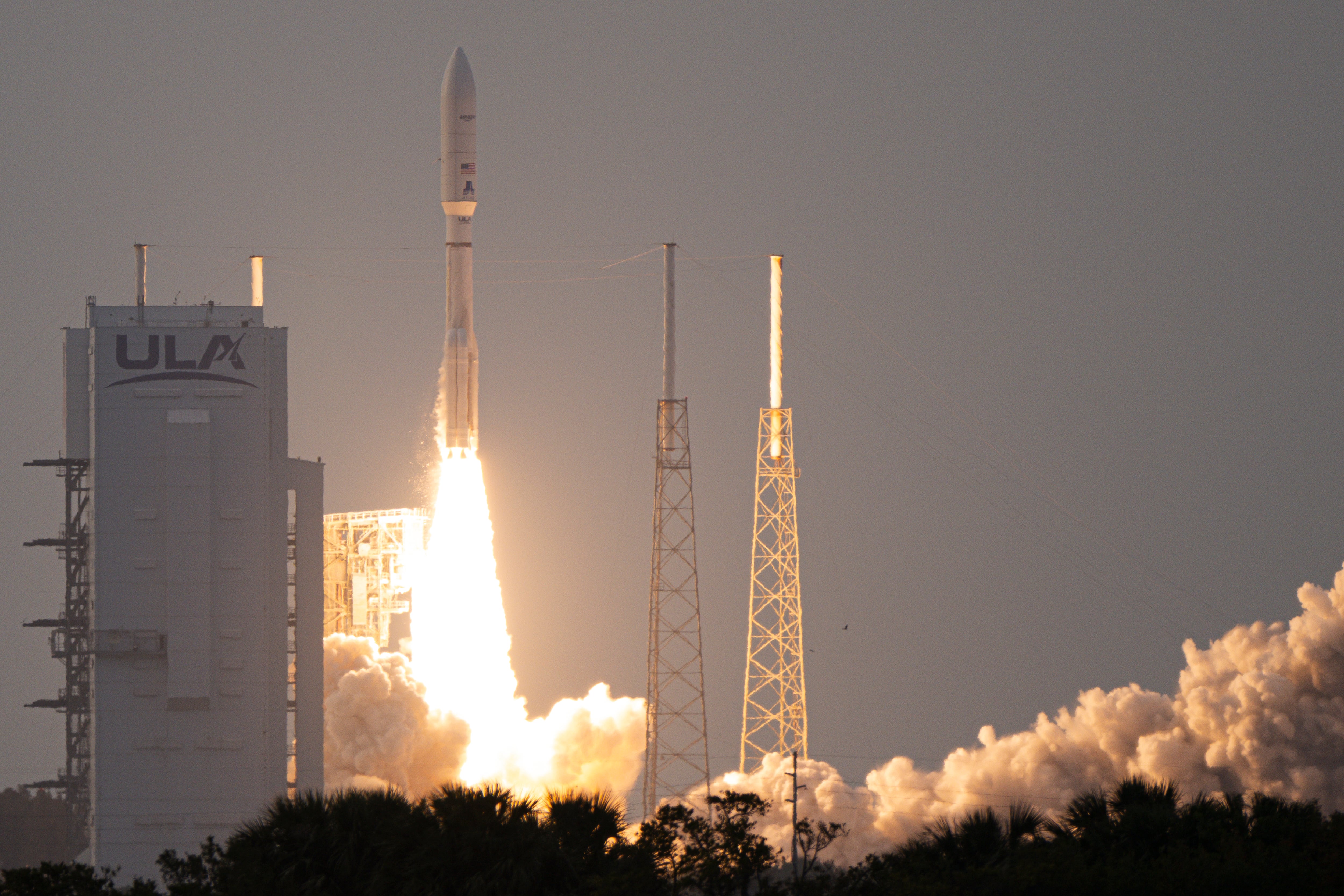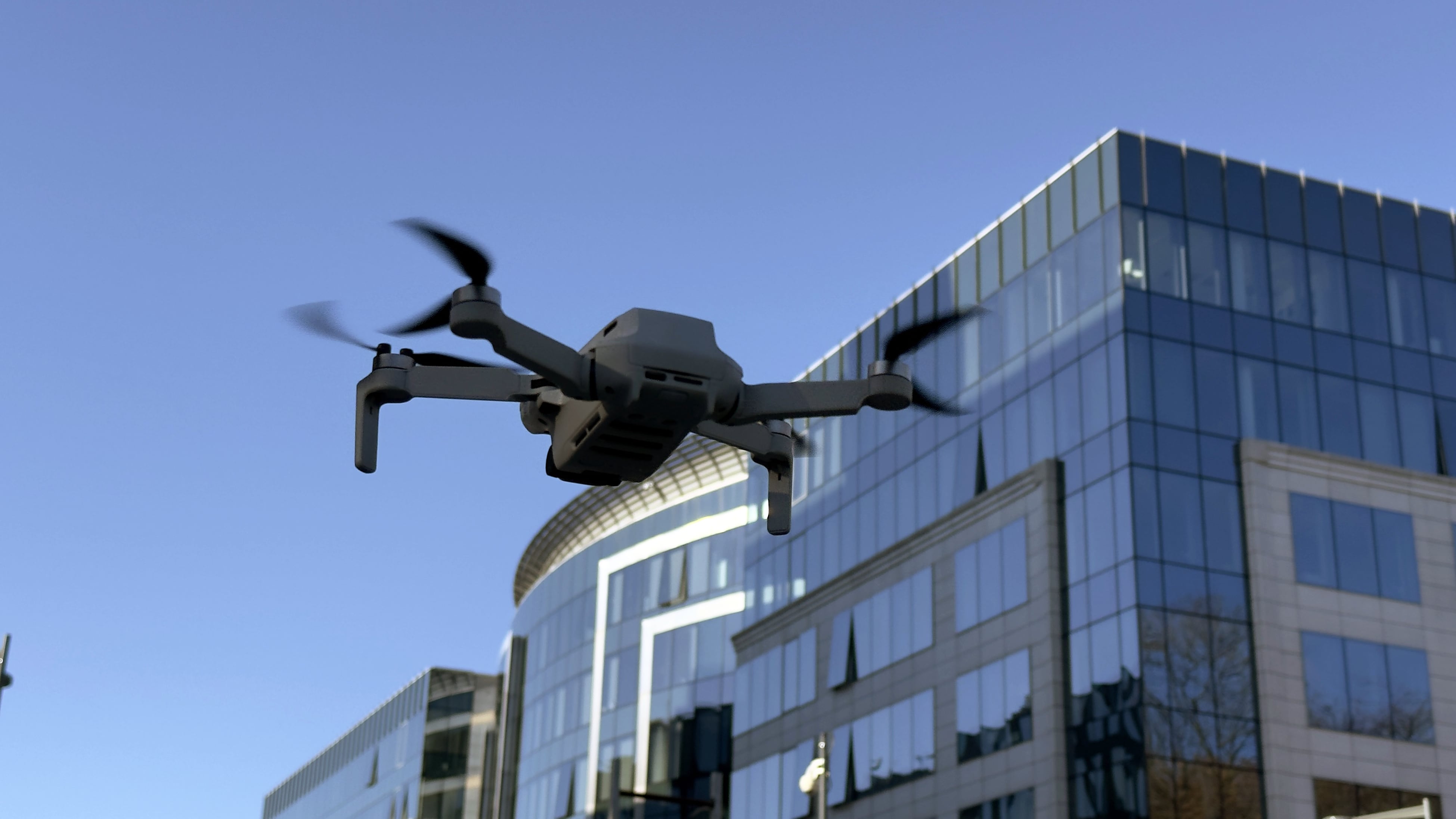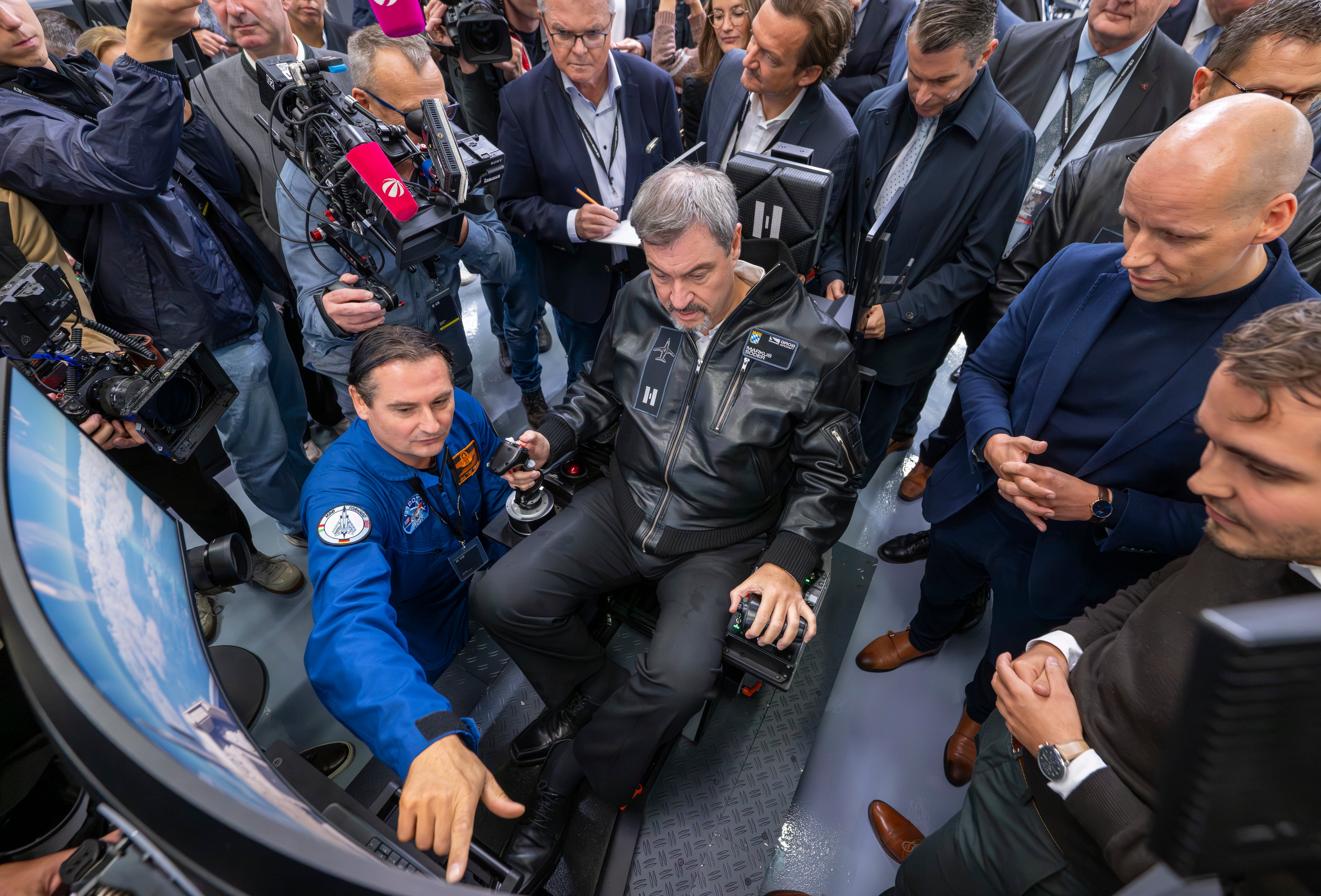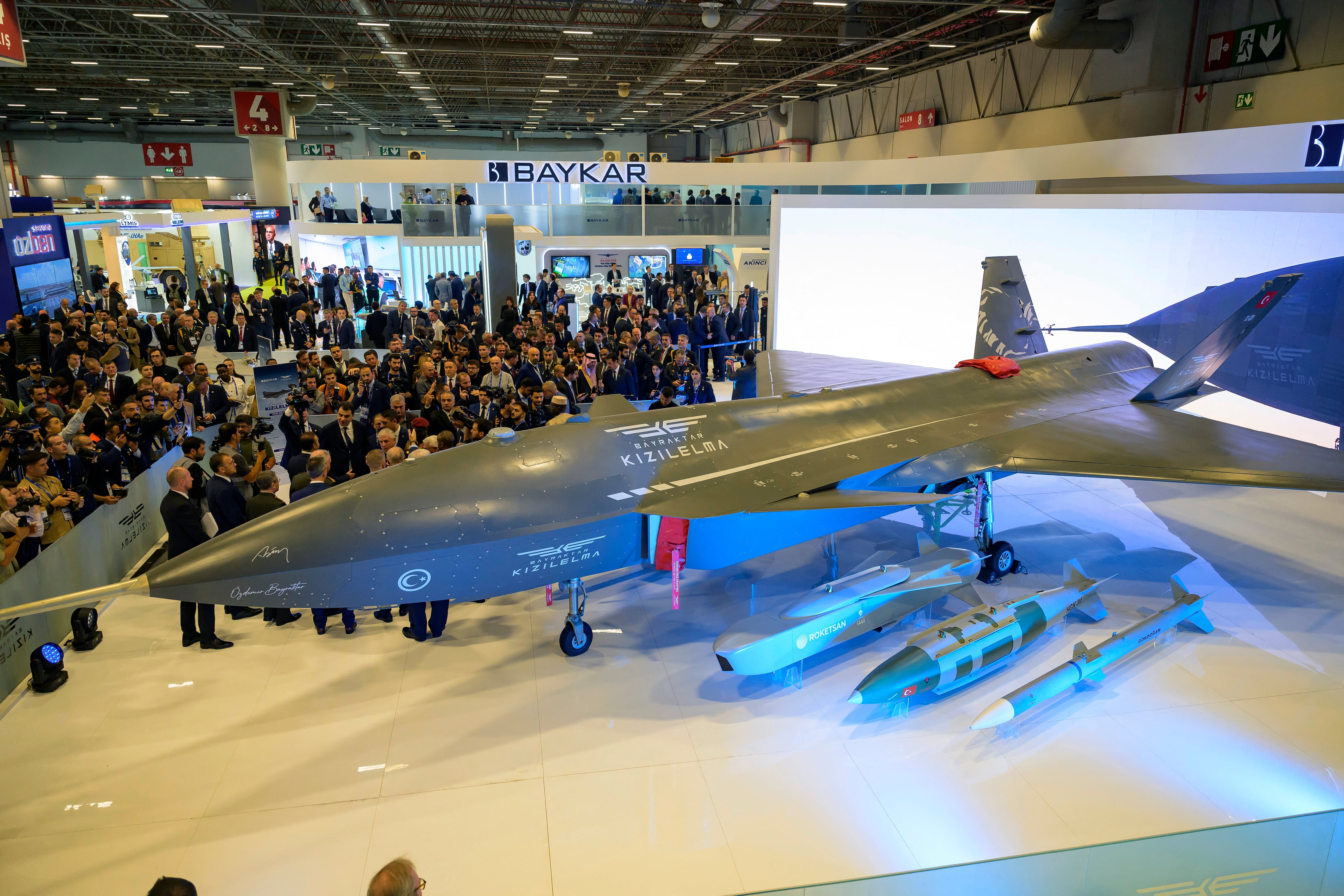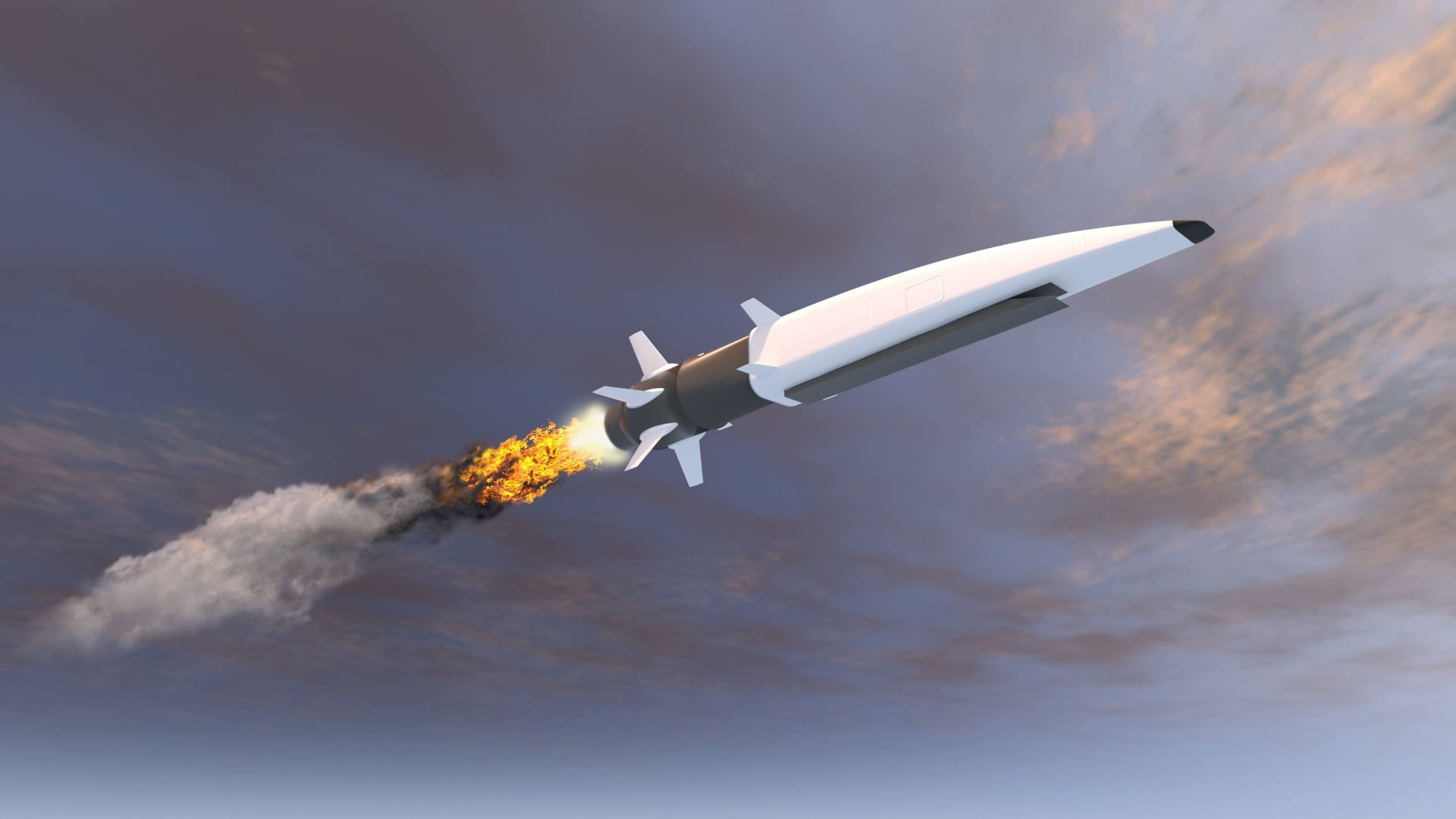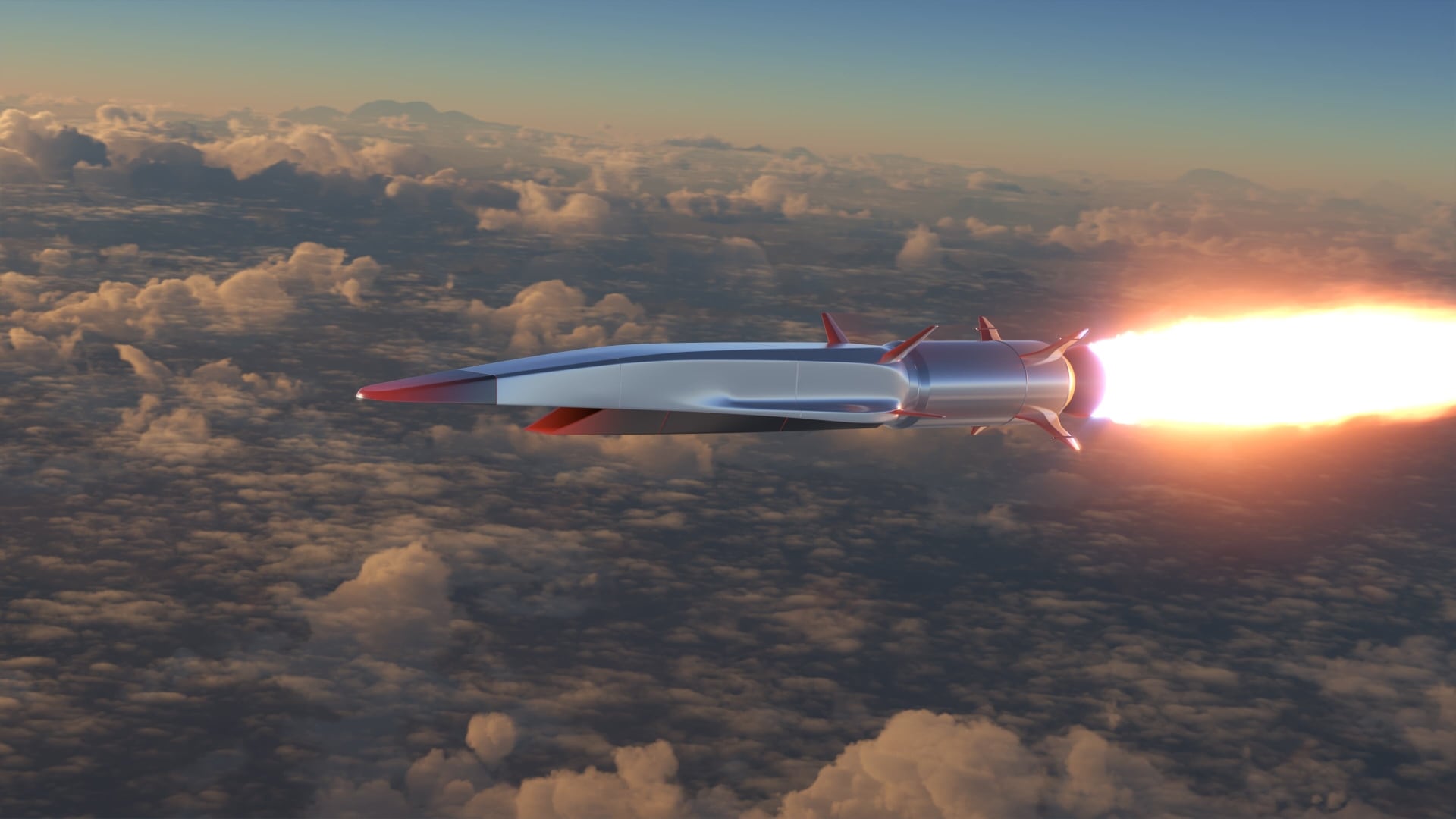The Space Force is eyeing options to increase its launch capacity and resiliency as demand for U.S. national security and commercial launch continue to strain existing launch infrastructure.
Brig. Gen. Kristin Panzenhagen, who serves as program executive officer for assured access to space and oversees the service’s launch range operations, said this week the service is exploring a range of leads for increasing launch access — from new spaceports to international partnerships to newer models like sea-based launch. At the same time, it’s also investing in overburdened insfrastructure at its current sites.
The Space Force operates two of the busiest spaceports in the world at Cape Canaveral Space Force Station in Florida and Vandenberg Space Force Base in California. The ranges have seen a steady, annual 30% increase in launch business for several years, Panzenhagen said during a May 6 Mitchell Institute event, conducting 144 missions in 2024 — 93 of those from Cape Canaveral.
The service is “not in dire straits,” when it comes to launch capacity, she said, but its infrastructure is supporting a higher mission cadence than any other spaceport in the world — most of that driven by commercial launch business.
“Where we’re seeing the need for added capacity is to be able to continue to support those commercial payloads,” Panzenhagen said. “What we need for the national security space launch, what we’re always looking for, is that added resiliency.”
To ensure access to more reliable and frequent launch opportunities for both military and commercial missions, the Space Force is investing nearly $1.4 billion through 2028 to improve its existing infrastructure.
The program, called Spaceport of the Future Infrastructure, aims to reduce disruption on the service’s ranges and sets a goal of conducting at least one launch every day. It also aims to improve the resiliency of infrastructure to things like extreme weather and interference, and reduce the impact an increased launch pace has on personnel and operations.
To get after those goals, Panzenhagen said, her team has projects underway to widen roads to accommodate larger rockets, improve airfields, secure communication lines and increase power redundancy.
The service is also in talks with international and commercial partners about expanding access to other spaceports or ways of launching.
While Cape Canaveral and Vandenberg are the Space Force’s primary launch sites, the service has also conducted launches from other domestic sites, including the Pacific Spaceport Complex in Alaska and NASA’s Wallops Flight Facility in Virginia.
But the service is also in talks with other countries about taking advantage of their launch infrastructure. Panzenhagen pointed to Japan, New Zealand and France as potential partners in this effort — which she described as still preliminary. She also noted that Norway, the United Kingdom and Sweden have nascent launch capabilities that could be designed with built-in interoperability that makes it easier for international allies to leverage in the future.
“We’re at the very early stages of that, but I’m really excited about building those international partnerships,” she said.
Panzenhagen said she’s also met with several companies that are developing sea-based launch capabilities. While past attempts at a viable sea-launch system have hit technical and financial snags, China has seen some success with that modality. The Space Force is studying options offered by firms like The Spaceport Company, which is building mobile, offshore launch sites.
Panzenhagen said these firms still need to prove their business case, but sea-based launch potentially could help relieve congestion at ranges and give the military access to more orbital locations.
Among the key considerations for the service are funding — whether companies would rely on government contracts or see opportunities for private investment — and the logistics of transporting a rocket and any associated commodities to a barge.
“It’s something that we’re interested in seeing what the possibilities are,” Panzenhagen said.
Courtney Albon is C4ISRNET’s space and emerging technology reporter. She has covered the U.S. military since 2012, with a focus on the Air Force and Space Force. She has reported on some of the Defense Department’s most significant acquisition, budget and policy challenges.
